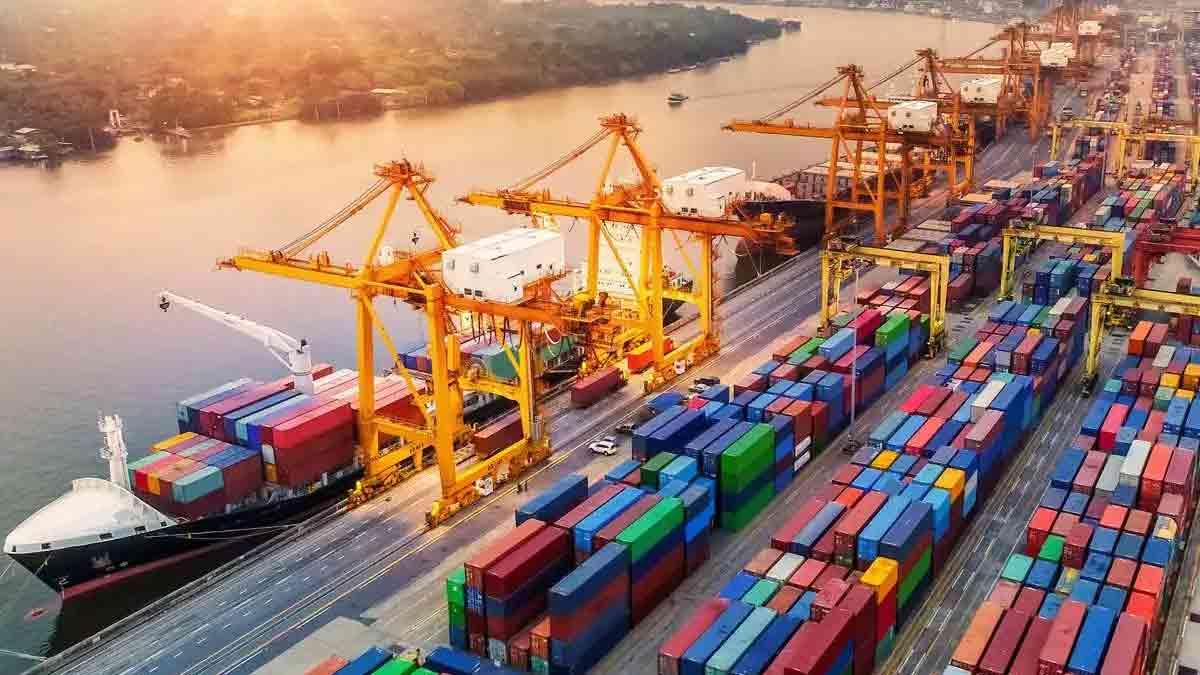India is going to be a high-income economy with an expected GDP of $23–$35 trillion in 2047, driven by 8-10% yearly growth rates perpetually, suggests a recent joint report by Bain & Company and Nasscom. India's demographic dividend, rising technology, and sectoral evolution will drive the change.
With almost 200 million workers likely to enter the labor force over the next few decades, India has a singular chance to generate high-value employment and realize significant economic potential.
Five sectors—electronics, energy, chemicals, automotive, and services—are identified by the report as the key drivers of growth. These sectors are aligned with international trends and scalable, placing India in a position to take advantage of its unique challenges and strengths.
Conditions such as increasing levels of income, an expanding labor force of educated workers, and continued improvements in infrastructure are set to continue this growth.
Sangeeta Gupta, Senior Vice President of Nasscom, highlighted investments in digital and transportation infrastructure, manufacturing domestically, and joint R&D. These actions, she added, will make India a leader in future technology and international trade. A multi-pronged, technology-based strategy will be key to opening up inclusive and sustainable development.
In the field of technological advancement, advances in AI chip design, touchless manufacturing, and backward integration into component production have the potential to enhance cost competitiveness and innovation. The report estimates that the initiatives could lift the sector's export proportion to 45–50% from 24% by 2047 and account for 8–10% of GDP compared to the present 3% level.
India's renewable energy industry is also set for expansion, with its contribution to overall energy production increasing from 24% in 2023 to 70% by 2047. This will be backed by up-to-date energy infrastructure and significant green energy investment, with India set to move from being a net energy importer to a net exporter.
Besides, artificial intelligence-based molecular design, digital twin technologies, and several other technology-led enhancements would help India's contribution to the global value chain move from around 3% to over 10% by 2047.
The export of auto-components is projected to grow to $200–$250 billion by 2047, led by the shift from Internal Combustion Engines (ICE) to Electric Vehicles (EVs).
Electronics, which is the pivotal industry of India's development saga, has been envisioned as an international production powerhouse, its market size expanding to $3.5 trillion by 2047 and producing over 20% of global production, estimated by Lokesh Payik, a Partner with Bain & Company.
This envisioning of future Indian growth also accentuates how technological and infrastructural investments become paramount in crafting India's growth direction.
Read also| SBI Forecasts India’s GDP Growth at 6.3% for Q3 of 2024-25


















